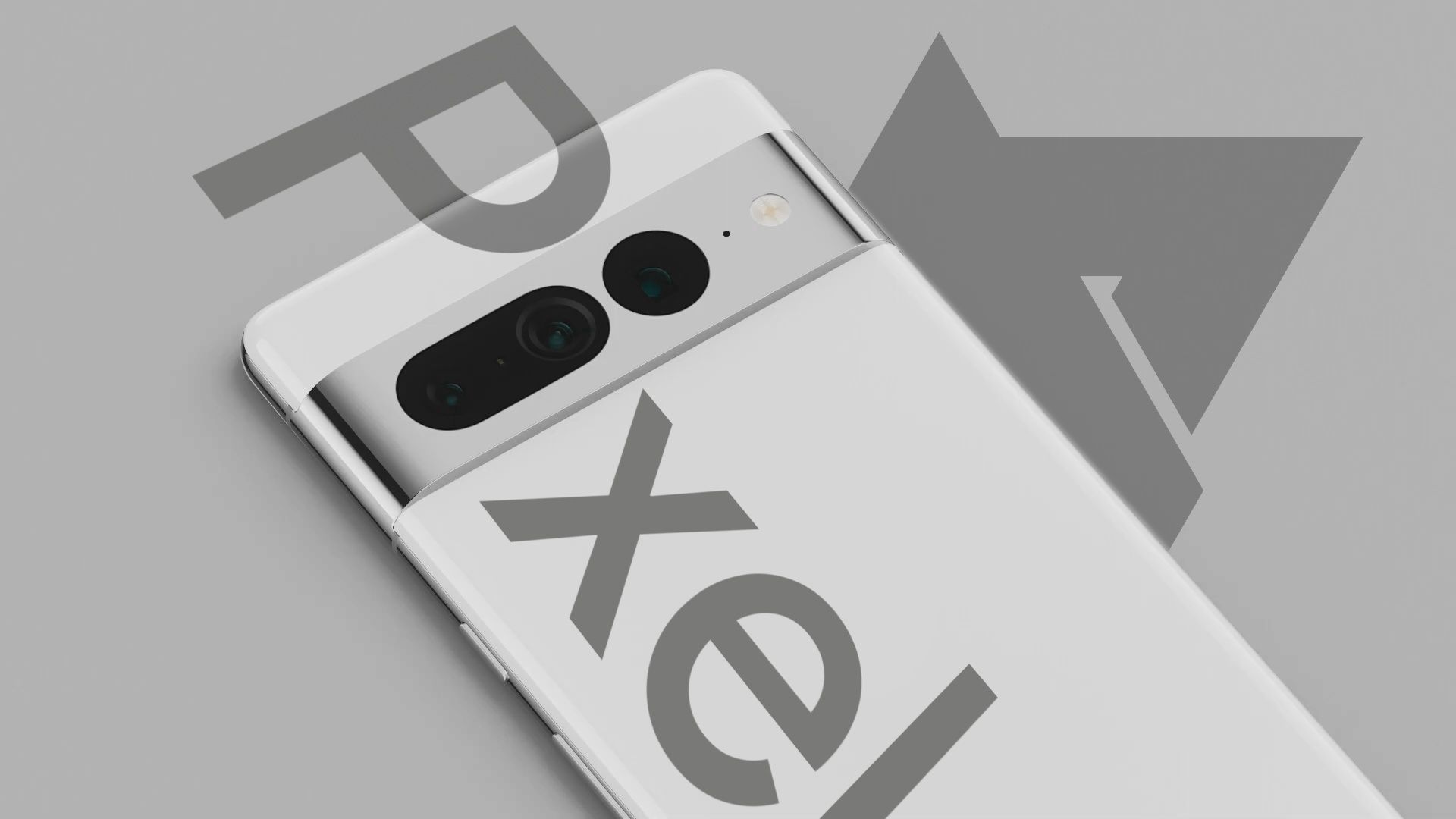You have to hand it to Google — it always finds a way to fall victim to leaks, no matter how far in advance a new project is announced. Last month, the company surprised everyone when it made the Pixel 7 and 7 Pro official, sharing renders of both devices months before they hit store shelves. That didn't stop prototypes of both devices from landing in the hands of real-world users, with models even going up for sale on Facebook Marketplace and eBay. Another Pixel 7 Pro has made its way into the grasps of some enthusiasts, revealing plenty about what to expect from this year's flagships.
The folks in the Google News Telegram channel managed to get in contact with someone in possession of a Pixel 7 Pro prototype, just like the models that leaked online earlier this month. Although Google had remotely bricked this particular device — after all, gotta keep a few secrets — it wasn't enough to stop the community from investigating its boot logs, revealing some truly juicy info about this year's hardware and devices to come. To our surprise, earlier reports about the Pixel 7 Pro's hardware might not have been entirely accurate.
Let's start with the display. These boot logs show the Pixel 7 Pro uses a Samsung S6E3HC4 display, while the Pixel 6 Pro relies on a Samsung S6E3HC3 panel. This contradicts recent rumors suggesting Google was sticking with last year's displays for both phones. Although these panels aren't likely to provide a vast improvement between models, they could bring about some small changes.
The bulk of today's leak includes a bunch of new information about the second-gen Tensor chip powering this year's Pixel flagships. In addition to keeping the same 2+2+4 cluster that made up the Pixel 6's chipset, Google's next processor might keep using those Cortex-A55 cores for low-power background tasks. Although the community found no specific info in these files, a BL31 log includes language for a workaround required to use the A55 cores, something that wouldn't be there otherwise. Right now, Google uses two Cortex-X1 cores paired with two Cortex-A76 "medium" cores for the bulk of applications. If this leak is correct, it sounds like not much is changing on the low-power side of things.
Curiously, today's report confirmed a whole slew of codenames for upcoming Pixel phones — and may have put the rumored high-end device at risk. "Panther" is the smaller Pixel 7, "Cheetah" is the Pixel 7 Pro, and "Felix" is likely next year's Pixel 7a. As for the "Lynx" device our friends at 9to5Google reported on in May, it's nowhere to be seen. It's possible this particular phone is too far down the road to appear in boot logs, especially if it's not running on a second-gen Tensor chip. It's also possible Lynx is Google's fabled foldable, which could be running on older first-gen Tensor hardware. Only time will tell.
Finally, there are a handful of odds and ends included in these logs, including specific model numbers for both the haptic driver and the NFC chip. We also learned Google might be testing its latest Tensor chip in a retrofitted Pixel 6 Pro, using the codename "Ravenclaw" to mark the device. With more than three months to go until the usual Pixel launch event, it seems like the leaks aren't going to slow down anytime soon.
Thanks: Mishaal

